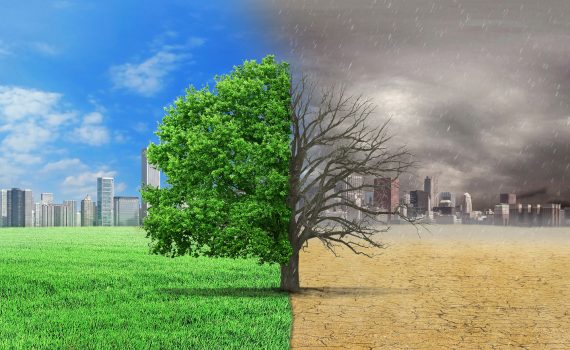If you’re a homeowner with a yard full of trees, chances are you’ve had to deal with stumps before. Maybe you cut down a tree and left the stump, or maybe you moved into a home with existing stumps. Whatever the reason, you’re now faced with the task of stump grinding. But what is stump grinding, and how do you go about it? We at Sexy Trees in the California Bay Area are here to answer your common stump-grinding questions.
What is stump grinding?
Stump grinding is the process of removing a tree stump by grinding it down into small pieces using a stump grinder. A stump grinder is a machine with a rotating cutting wheel that grinds away at the tree stump until it’s below ground level.
Why would I need to grind tree stumps on my property?
Aside from being an eyesore, tree stumps can also be a hazard. They can cause tripping hazards and attract unwanted pests like termites and ants. In addition, stumps can take up valuable yard space and make it difficult to mow or landscape around them. By grinding your stumps, you’re not only eliminating these hazards but also creating more usable yard space.
Can I remove a stump myself?
Technically, yes, you can remove a stump yourself. However, it’s not recommended. Stump grinding is a dangerous and time-consuming process that requires specialized equipment and expertise. Attempting to remove a stump yourself could result in injury or damage to your property.
How much does it cost?
The cost of stump grinding varies depending on the size and location of the stump. Generally, stumps that are larger and more difficult to access will cost more to grind. At Sexy Trees, we offer competitive pricing and can provide you with a free estimate.
How long does it take?
The length of time it takes to grind a stump depends on the size and location of the stump. In general, a small stump can be ground in a few hours, while a larger stump can take a full day or more. At Sexy Trees, we’ll give you an estimated timeline for your specific job.
Will stump grinding damage my yard?
Stump grinding may leave a small amount of debris in your yard, but our team at Sexy Trees takes great care to minimize any damage to your lawn. We’ll also remove any debris after the job is complete, leaving your yard looking clean and tidy.
Do I need to remove the roots after grinding the stump?
While the roots will eventually decay on their own, it’s often a good idea to have them removed to prevent any potential problems. At Sexy Trees, we offer root removal services in addition to stump grinding.
What should I do with the leftover wood chips?
The wood chips left over from stump grinding can be used as mulch or ground cover in your garden. Alternatively, you can have them hauled away by our team at Sexy Trees.
Do I need a permit to grind my stumps?
In most cases, you won’t need a permit to grind your stumps. However, it’s always a good idea to check with your local municipality to ensure you’re following any regulations.
Can I plant a new tree in the same spot?
Once the stump has been ground and the roots removed, you can absolutely plant a new tree in the same spot. However, it’s important to choose a tree species appropriate for your climate and soil conditions.
Can stump grinding be done in any season?
Stump grinding can be done year-round, but it may be more difficult to grind a stump during the winter if you live in an area where the ground freezes.
How do I choose a reputable service?
Look for a service provider with a good reputation, positive reviews, proper licensing and insurance, and a clear pricing structure. It’s also a good idea to ask for references and check their previous work.
Are there any alternatives to stump grinding?
Alternatives to stump grinding include manual removal, chemical removal, and covering the stump with soil and letting it decompose naturally. However, stump grinding is often the most effective and efficient option.
Will stump grinding prevent regrowth of the tree?
Stump grinding removes the visible part of the stump, but it doesn’t guarantee that the tree won’t regrow. The roots may still be alive and continue to produce shoots. However, stump grinding does significantly reduce the chances of regrowth compared to other removal methods.
Can I rent a stump grinder and do it myself?
Yes, however, it is not recommended. Many home improvement and hardware stores offer stump grinder rentals for a daily or hourly rate. Stump grinding can be dangerous and requires some skill and experience to do it correctly. If you are not familiar with operating heavy machinery or have never used a stump grinder before, it’s recommended to hire a professional stump grinding service.
Additionally, DIY stump grinding can result in damage to your property or injury to yourself or others. A professional service provider has the necessary skills, training, and equipment to perform the job safely and effectively.
If you have a tree stump on your property that needs to be removed, don’t hesitate to reach out to Sexy Trees, your local arborists and reputable stump grinding service in your area. We can provide you with a free estimate and help you get rid of the stump quickly and safely. Remember, a beautiful and safe yard starts with proper tree care, and stump grinding is a crucial step in achieving that goal.
Take action today and contact a trusted stump grinding service to reclaim your yard!
 Bringing Sexy Back Into Your Yards
Bringing Sexy Back Into Your Yards 




